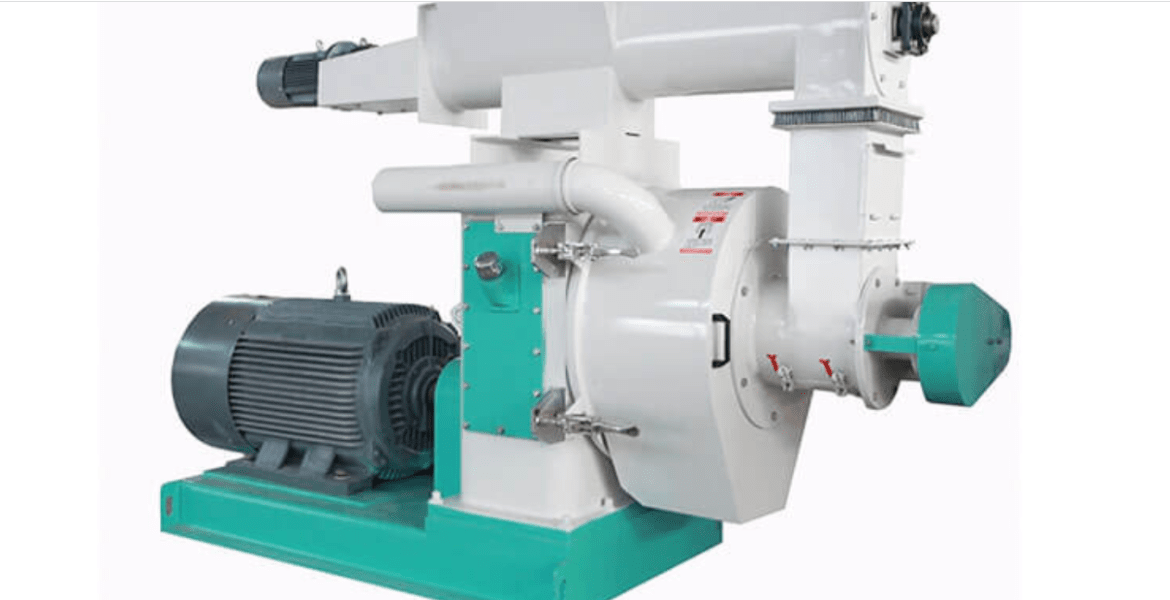The process of making wood pellets is labor-intensive and requires reliable wood pellet line machinery. The raw materials are chopped, dried, ground, and pelletized using various machinery utilized in the manufacture of wood pellets. It is crucial for you to monitor this equipment while you produce your pellets. Here are some pointers on how to keep an eye on your pellet machines when they’re producing wood pellets:
Check the grinders
Grinders are important as they produce the fine powder that is needed for making pellets. These grinders generate a powder that may be combined with water and heated to high temperatures to create mortar or glue, a sticky material. So, you need to constantly monitor them to ensure that these grinders are operating effectively and creating high-quality mortar or glue for use in manufacturing pellets.
Monitor your dryers
Because they aid in removing moisture from the raw materials before they are processed into powder form, dryers are crucial in the manufacture of wood pellets. Failure to properly monitor these dryers might result in damp mortar or glue that is unsuitable for pellet production.
Pressure Transmitters
These transmitters function by detecting pressure in the system and relaying signals to a centralised computer, which informs operators of the pressure being applied to different components of their equipment. This information enables them to perform any necessary maintenance and improvements to maintain production levels while also ensuring that safety requirements are met.
Bag leak detection system
At least once every shift, the bag leak detection system should be checked. This will assist you in avoiding wastage of time and resources as well as fires brought on by dust build-up around the hopper and exhaust fan area.
Dust collection system
Every shift should end with a check of the dust collecting system to make sure it is functioning correctly. Additionally, it needs to be verified before every shift so that workers are informed of any possible problems before they begin.
Feedstock Temperature
For your feedstock hopper and auger to operate properly and consistently generate high-quality pellets, you must maintain a steady temperature. The pellets may stick in the auger and be unable to properly enter the pellet mill if the temperature falls too low. Throughout manufacturing, the feedstock’s temperature should be maintained between 60°F and 70°F. You may use a heater to bring the temperature back up if it becomes too chilly. Its current temperature may also be checked using a thermometer.
Monitor Your Heat Source
The wood is burned to create energy in your pellet mill by the heat source. Your pellets will take longer to cook if the temperature is too low. Pellets may burn holes in them or get burned if the temperature is too high. Utilizing a thermocouple to detect the heat source’s temperature and maintain it inside a safe range will make it simple to keep an eye on this.
Monitor Your Cooler
During manufacturing, your cooler has to be watched carefully to prevent overheating, which might lead to product mould concerns or cooler damage. To ensure that it can effectively filter out pollutants and maintain cold airflow through it, it should be maintained clean and clear of any dirt or debris that can block air passageways coming into the cooler.
Conclusion
During the milling process, a lot of different things might go wrong. You need to keep a watch on any of your computers that shut down before the cycle is complete.
There are a few crucial locations on each bushing that you should pay attention to if you are monitoring a pellet machine. You should check for excessive levels of friction, imbalanced or poorly lubricated components, and areas where the bushing seals or retains heat for an extended length of time. Whenever you are checking your equipment, pay particular attention to these areas since possible damage might develop there over time.
